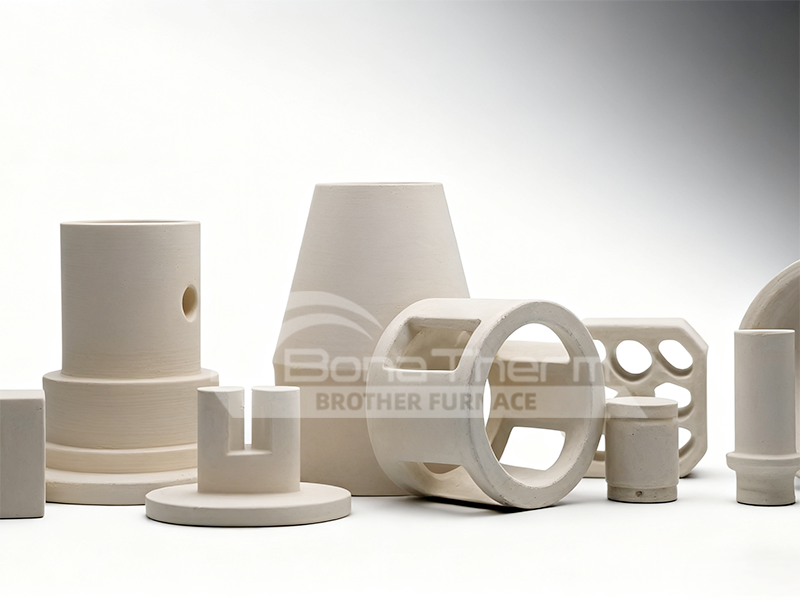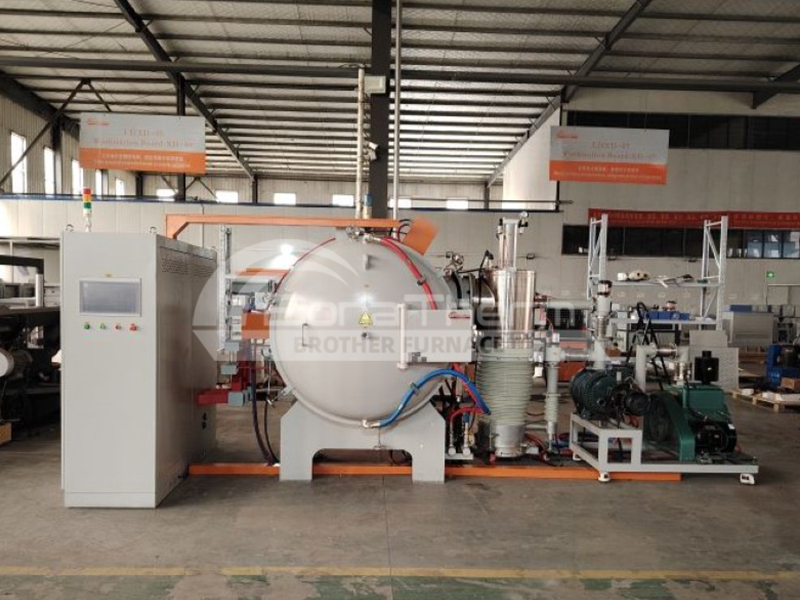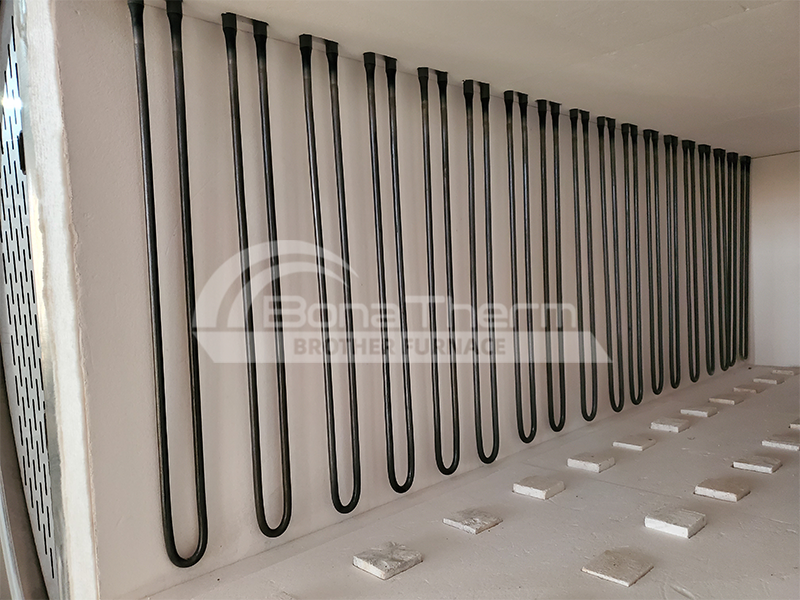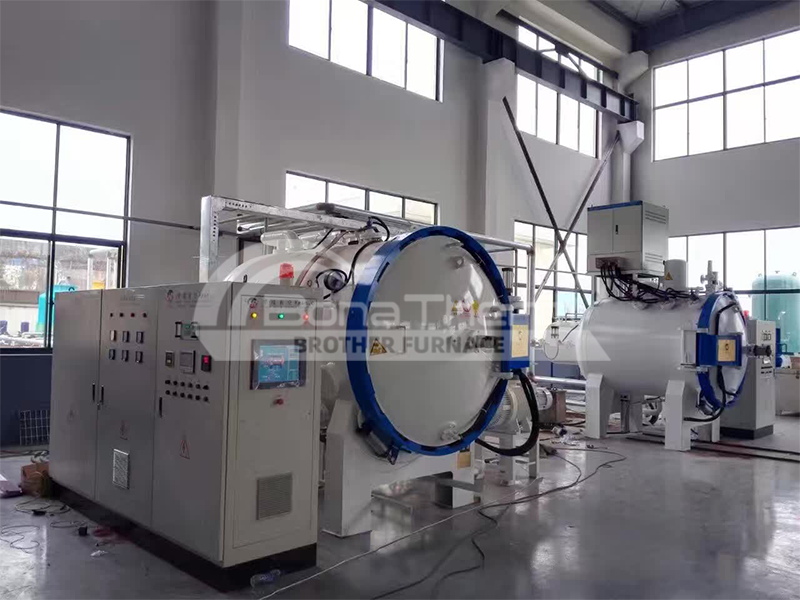MIM & CIM Technologies: How to Boost Precision Manufacturing?
- By: Brother Furnace
- 2025-11-28 00:51
In the field of precision manufacturing, three core demands have emerged: miniaturization, complexity, and high performance.
Metal Injection Molding (MIM) and Ceramic Injection Molding (CIM) are rising to the challenge. They are gradually breaking through technical bottlenecks that have long plagued traditional machining processes.

MIM and CIM: Core Technologies of Powder Injection Molding
Definition and Core Advantages
MIM and CIM are parallel branches of powder injection molding. They boast three key advantages: net-shape forming, mass production capability, and high material utilization.
These strengths have made them "essential manufacturing tools" in high-end sectors. Think medical devices, aerospace components, and advanced electronics.
Today, MIM and CIM are widely regarded as key technologies shaping the future of precision manufacturing.
Shared Process Framework
Both technologies follow a similar core process flow.
First, raw materials are ground into fine powders. Additives are introduced after the modification treatment to create a workable feedstock.
Then, injection molding is completed under strictly controlled pressure and temperature conditions.
Solvent debinding and thermal debinding treatments are carried out. The final step is the critical sintering process.
For MIM, the final sintering stage relies heavily on advanced equipment, specifically the vacuum debinding and sintering furnace. It ensures two vital outcomes: complete removal of residual binders and high-density sintering.
Solving Traditional Manufacturing Pain Points
At their core, both MIM and CIM are based on the "injection molding" principle. They deliver precision parts through the four core steps mentioned earlier.
Their greatest value lies in solving the pain points of traditional manufacturing. Conventional metal processing, for example, relies on cutting and grinding. This approach is inefficient—material utilization often drops below 50%.
MIM, by contrast, achieves over 95% material utilization. This is made possible by the precise control of the vacuum debinding and sintering furnace.
MIM: Balancing Metal Performance and Complex Forming
Process Characteristics and Equipment Dependence
MIM uses metal powders as its base material. Common options include stainless steel, titanium alloys, and tungsten alloys.
These powders are mixed with polymer binders to create a homogeneous feedstock. Once the feedstock is ready, injection molding shapes it into the desired form.
After molding, the binder is removed through a two-step process: solvent debinding followed by thermal debinding. The part then moves to the sintering stage.
High-temperature sintering takes place in a vacuum debinding and sintering furnace. This equipment is specifically engineered for MIM applications.
Typical Application Scenarios
MIM's key advantage is its balance of metal performance and complex forming. This makes it indispensable in multiple high-end fields.
Take the medical field: Titanium alloy artificial joint components are a prime example. They offer excellent biocompatibility and can be shaped to match the complex contours of human bones.
In the electronics industry, MIM produces 5G base station filters. These filters achieve a dimensional accuracy of 0.02mm. The controlled heating and cooling cycles of specialized MIM sintering equipment enable this precision.
Aerospace is another key application area. MIM creates micro sensor housings from high-temperature resistant alloys. These housings withstand extreme environmental conditions.
Again, the vacuum debinding and sintering furnace contributes. Its uniform sintering process enhances the structural stability of these aerospace-grade parts.

CIM: Leveraging Unique Ceramic Properties for High-End Applications
Material Properties and Process Requirements
CIM differs from MIM in its raw material choice. It uses ceramic powders such as alumina, zirconia, and silicon nitride.
While its basic process principle aligns with MIM, CIM has stricter requirements. It needs much higher sintering temperatures—usually exceeding 1500℃.
CIM's core advantage stems from the unique properties of ceramics. These include exceptional high-temperature resistance, strong corrosion resistance, and excellent electrical insulation.
Key Application Cases
These ceramic properties make CIM invaluable in high-end applications. Let’s look at some typical use cases.
In new energy vehicles, CIM produces fuel cell ceramic separators. These components can withstand temperatures above 800℃ while remaining non-conductive.
In industrial settings, precision ceramic bearings are a CIM success story. They deliver exceptional wear resistance, even in harsh working environments. These examples highlight the transformative impact of CIM technology.
Bottlenecks and Breakthroughs in MIM/CIM Development
Current Technical Bottlenecks
Despite their great potential, MIM and CIM still face three major technical bottlenecks. The first is raw material cost.
High-performance metal and ceramic powders remain expensive. This limits their use in mid-to-low-end application sectors.
The second bottleneck is process efficiency. The debinding and sintering stages are typically time-consuming. But progress is being made here.
Innovations in vacuum debinding and sintering furnace design are helping. Think improved heating elements and automated control systems. These advancements shorten cycle times and meet the "fast delivery" needs of many industries.
The third challenge is dimensional accuracy. Complex structural parts often deform during sintering. This calls for further optimization of process parameters.
Breakthrough Directions and Progress
The good news is these bottlenecks are gradually being addressed. Advancements in powder preparation technologies are a big help.
For instance, atomized metal powders have seen a 30% cost reduction. This makes MIM more economically viable.
Debinding and sintering equipment is also becoming smarter. The capabilities of the vacuum debinding and sintering furnace, in particular, are constantly improving.
Another breakthrough comes from simulation software. This tool can predict part deformation in advance, allowing for proactive adjustments.

Future Trends: Redefining Precision Manufacturing Boundaries
Looking to the future, MIM and CIM are moving in three clear directions: greater precision, higher efficiency, and enhanced environmental friendliness.
For MIM, the vacuum debinding and sintering furnace will remain a key driver of progress. Ongoing refinements to this equipment are crucial.
These improvements will enable the production of even more complex metal components with higher performance.
From metals to ceramics, and from traditional manufacturing to high-end customization, MIM and CIM are redefining what’s possible in precision manufacturing.



